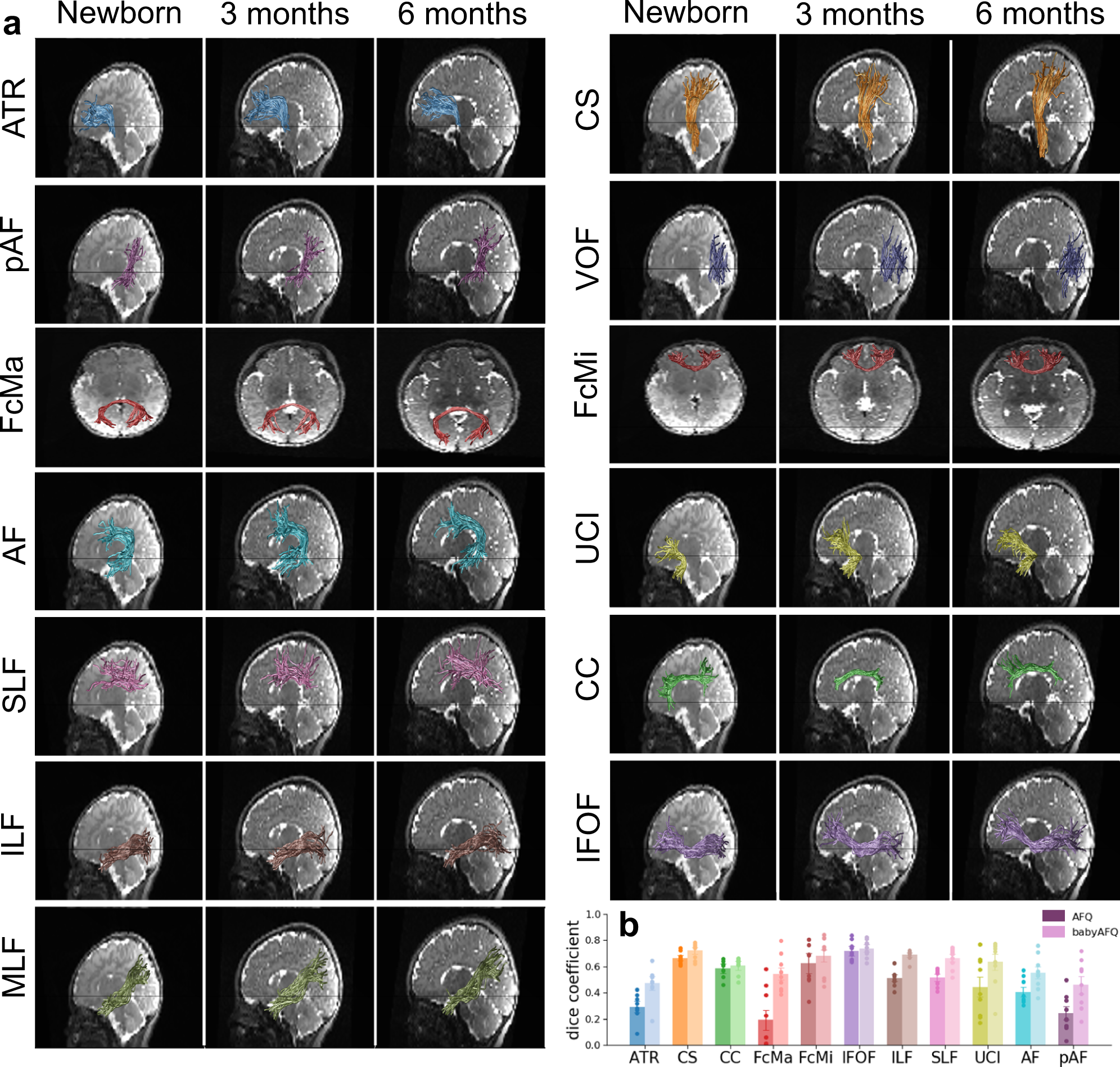Groundbreaking Research Sheds Light on Neurotransmitter Interactions
A recent study conducted by researchers at Oregon Health and Science University (OHSU) has unveiled the remarkable potential of a lesser-known intersection between cells in the brain. This discovery holds significant therapeutic implications for a spectrum of conditions, ranging from multiple sclerosis to Alzheimer's disease and a specific type of brain cancer known as glioma. The findings, published in Nature Neuroscience, shed light on neurotransmitters connecting neurons to oligodendrocyte precursor cells (OPCs), a type of non-neuronal cell crucial for myelin production.
Key Role in Myelin Development
The focus of the study was on neurotransmitters that link neurons to OPCs, which can differentiate into oligodendrocytes responsible for producing myelin. Myelin, a protective sheath surrounding nerve cells' axons, plays a vital role in transmitting electrical signals between cells. The research revealed that these neurotransmitters play a critical role in the development of myelin, providing valuable insights into their fundamental properties in normal development.
Live Tissue Analysis: Unraveling Neural Connections
Senior author Kelly Priest, Ph.D., Professor and Co-director of the Vollum Institute at OHSU, highlighted the significance of this study as the first examination of these neurotransmitters in live tissue. The groundbreaking research involved single-cell imaging of live tissue in zebrafish, leveraging advanced tools in imaging, pharmacology, and gene editing. By using neuron-OPC neurotransmitters, researchers could predict the timing and location of myelin growth.

Twenty Years of Discovery
The existence of these neural connections was a milestone discovery made by OHSU researchers at the Vollum Institute in 2000. Prior to this revelation, neurotransmitters in the brain were known solely for transmitting signals between neurons. The neurotransmitter between neurons and OPCs marked a paradigm shift in understanding brain cell interactions. Despite two decades passing since this discovery, the functions of these neurotransmitters remained elusive until this recent study.
Potential Therapeutic Implications
Lead author Jiaxing Li, Ph.D., a postdoctoral fellow in Dr. Priest's lab, emphasized the broader significance of these neural connections. Oligodendrocyte precursor cells constitute around 5% of all cells in the brain, indicating the potential relevance of the neurotransmitters to various disease conditions, including certain cancers. Previous studies hinted at the role of OPCs in neurodegenerative conditions such as multiple sclerosis, Alzheimer's disease, and even mental disorders like schizophrenia.
Applications in Disease Management
The study's findings open avenues for new strategies in disease management by manipulating OPC function. For instance, these neural connections could be pivotal in promoting remyelination in conditions like multiple sclerosis, where myelin degradation impairs essential functions. In the context of glioma, a type of brain cancer, these neural connections are exploited to drive cancer progression. The research suggests the possibility of intervening in synaptic information to counteract cancer formation while preserving normal synaptic signaling.
Future Directions and Unanswered Questions
Despite comprising only 5% of all human brain cells, these precursor cells hold diverse functions beyond oligodendrocyte formation. Dr. Priest emphasized the need for further investigation into their synaptic connections with neurons, hinting at their central role in the brain. The synaptic interactions between OPCs and neurons warrant continued exploration, offering promising avenues for understanding and potentially treating neurological disorders and cancers.

Collaborative Efforts and Acknowledgments
The collaborative efforts of the research team, including Tania Miramontes of OHSU and Tim Czopka, Ph.D., from the Center for Clinical Brain Sciences at the University of Edinburgh in the U.K., contributed to the success of this groundbreaking study. Their findings not only deepen our understanding of brain cell interactions but also provide a foundation for future research aimed at unraveling the complexities of neurological disorders and devising innovative therapeutic interventions.



Follow me and like b kry
You must be logged in to post a comment.